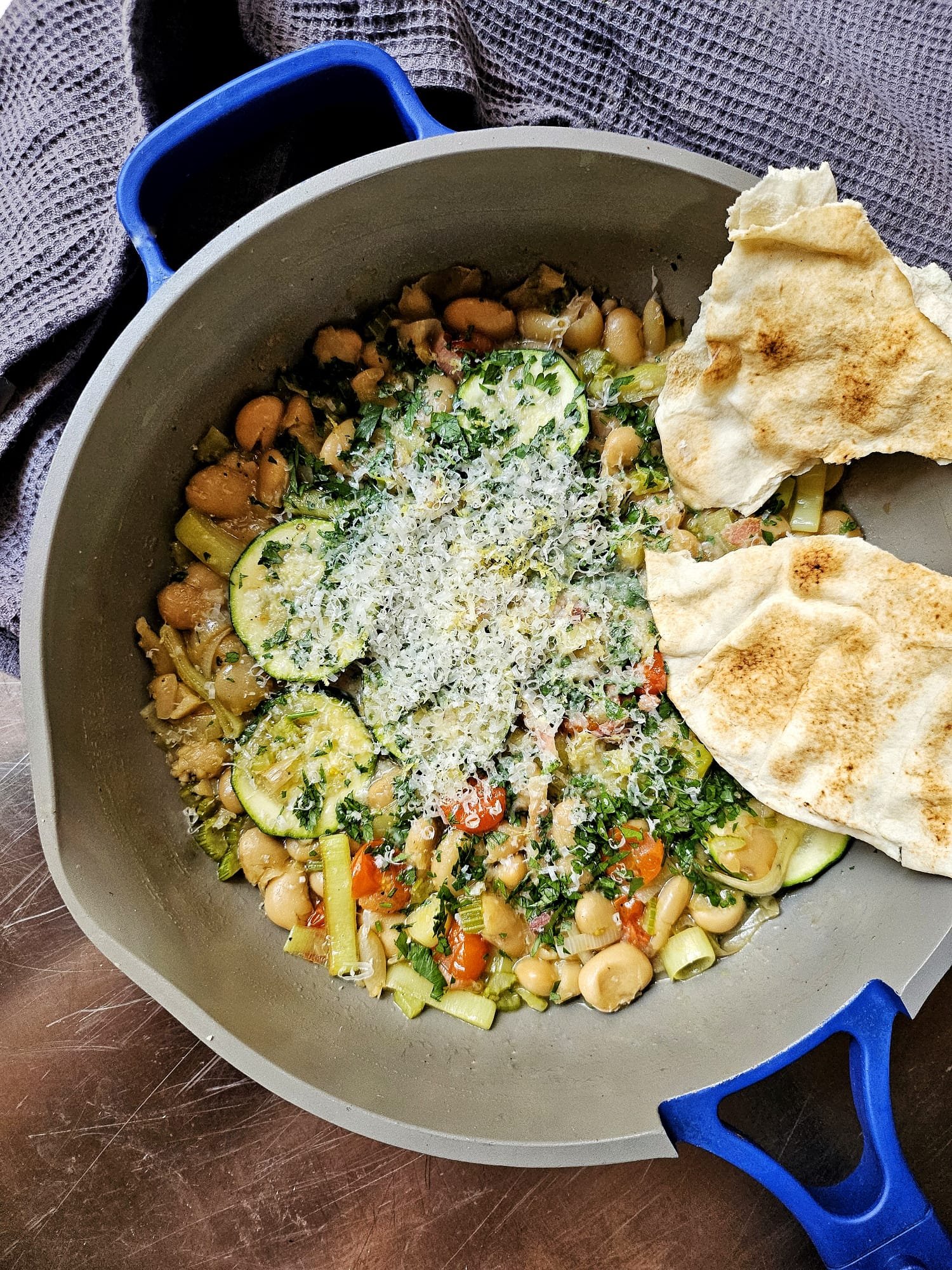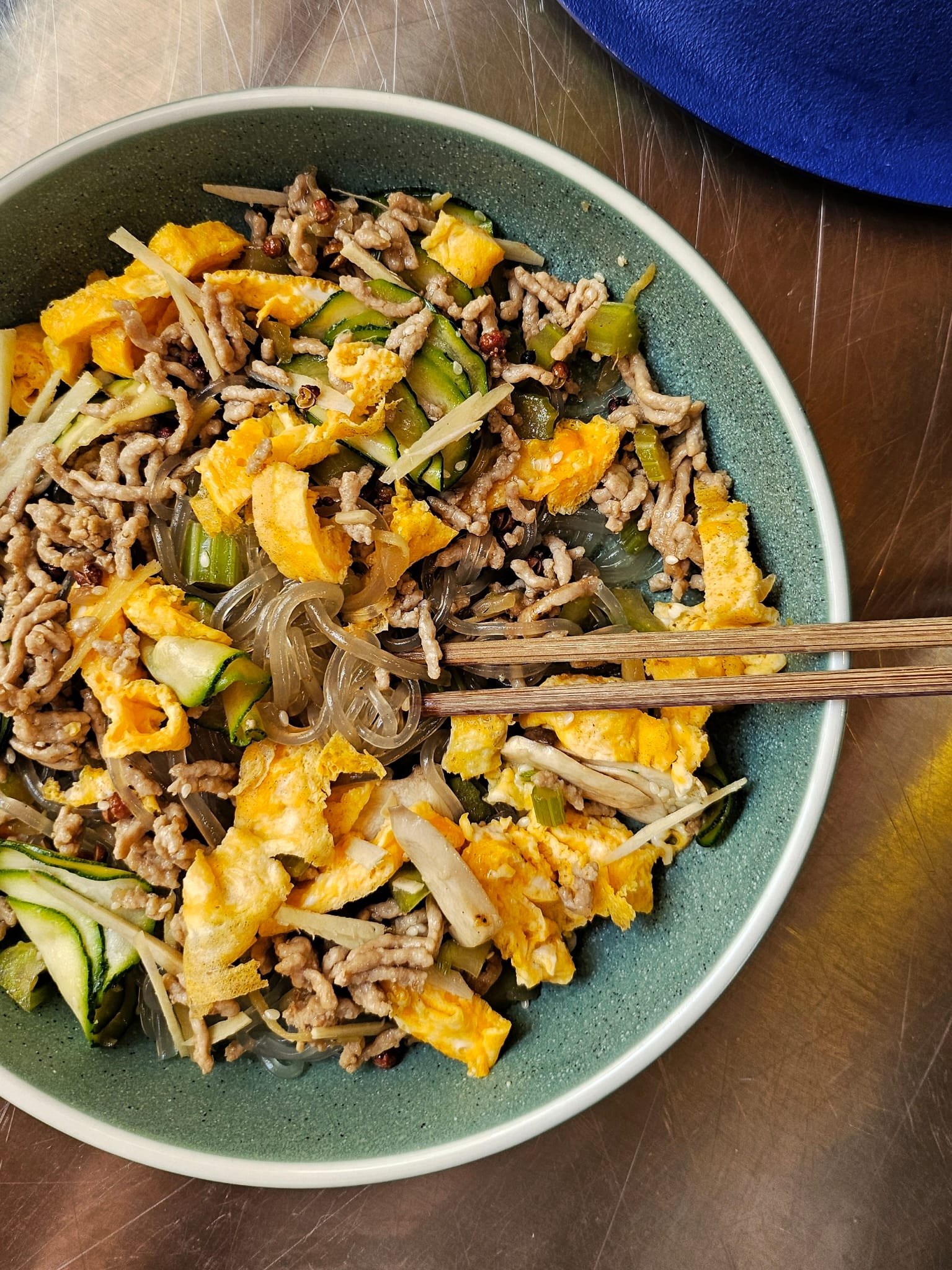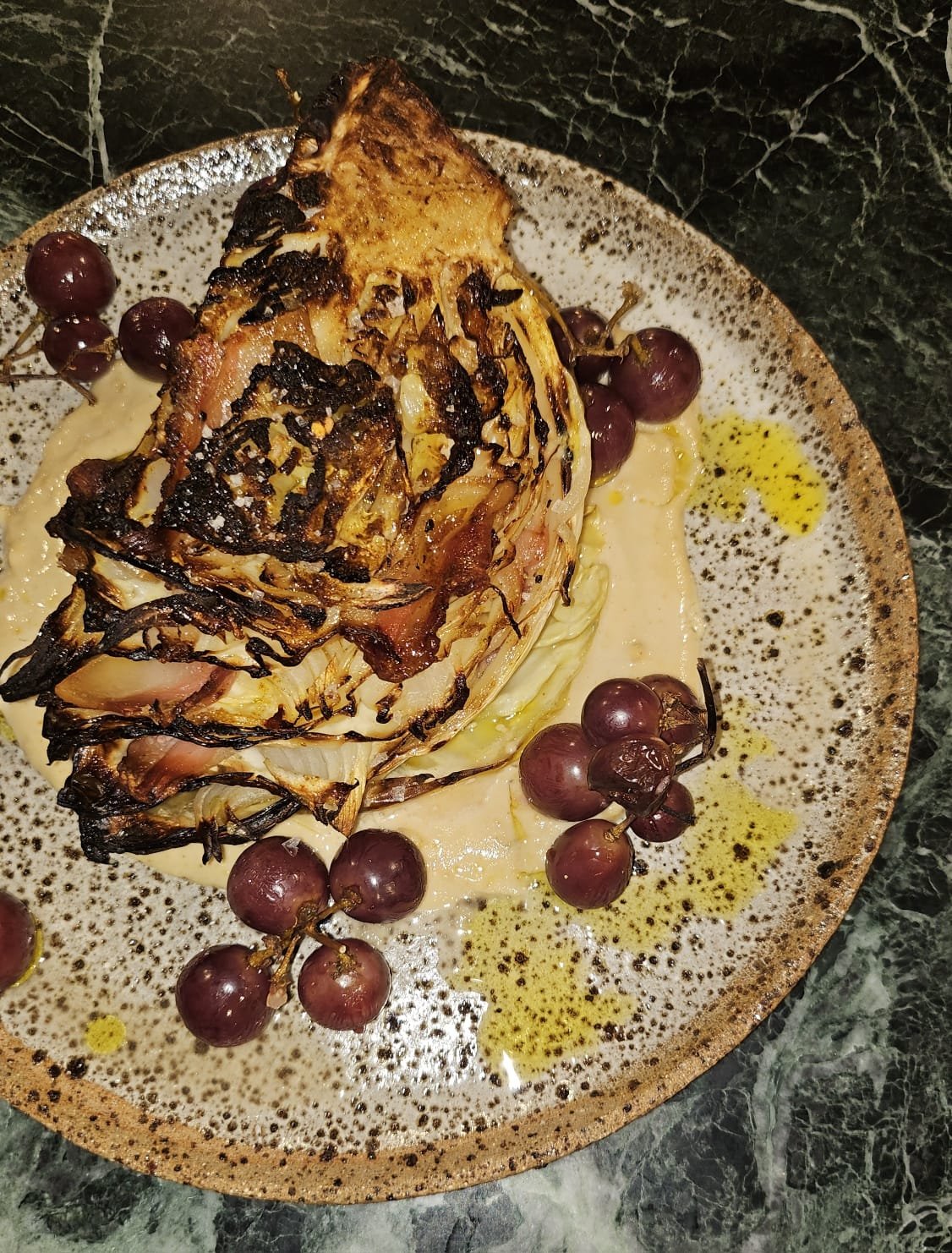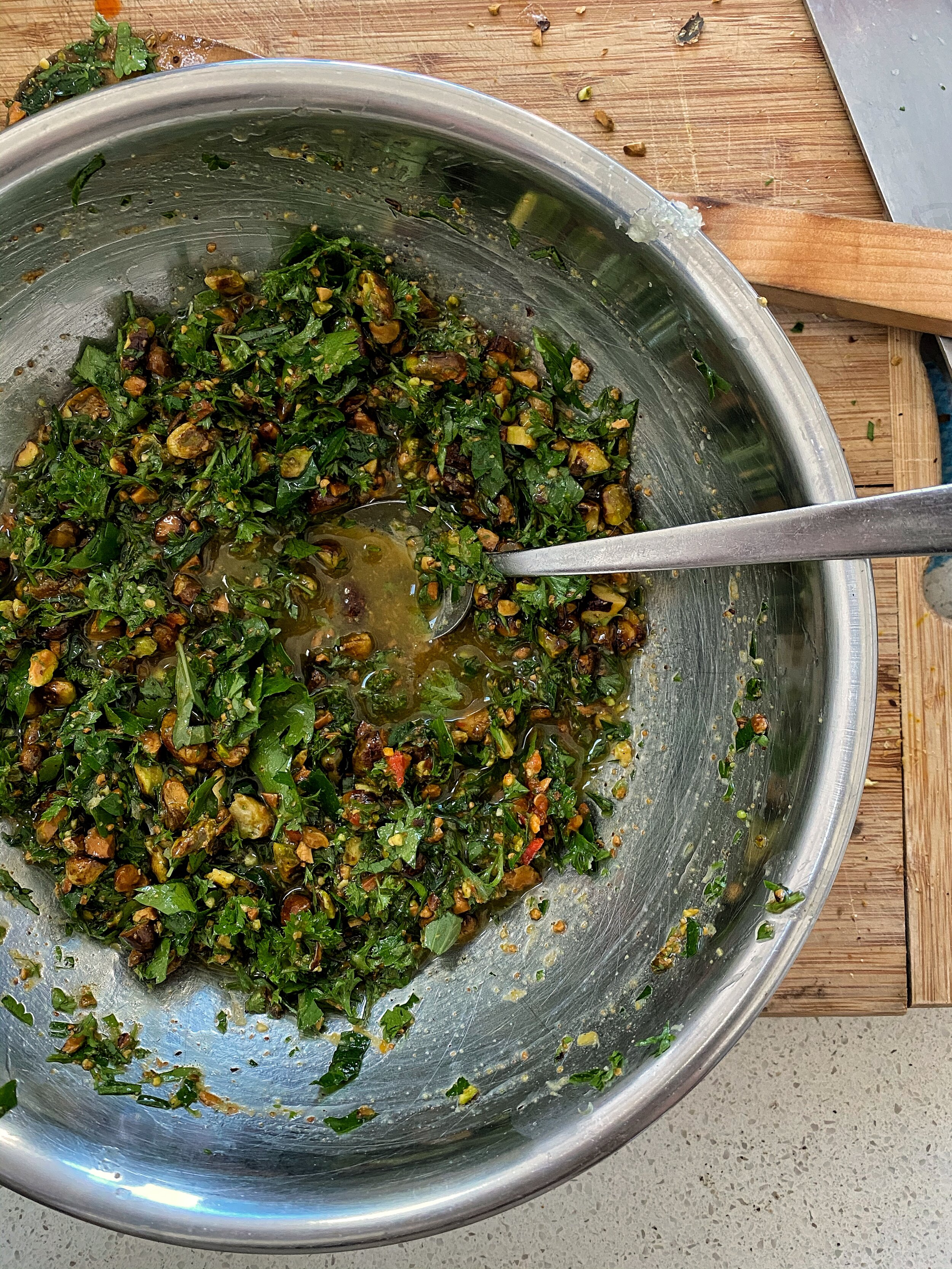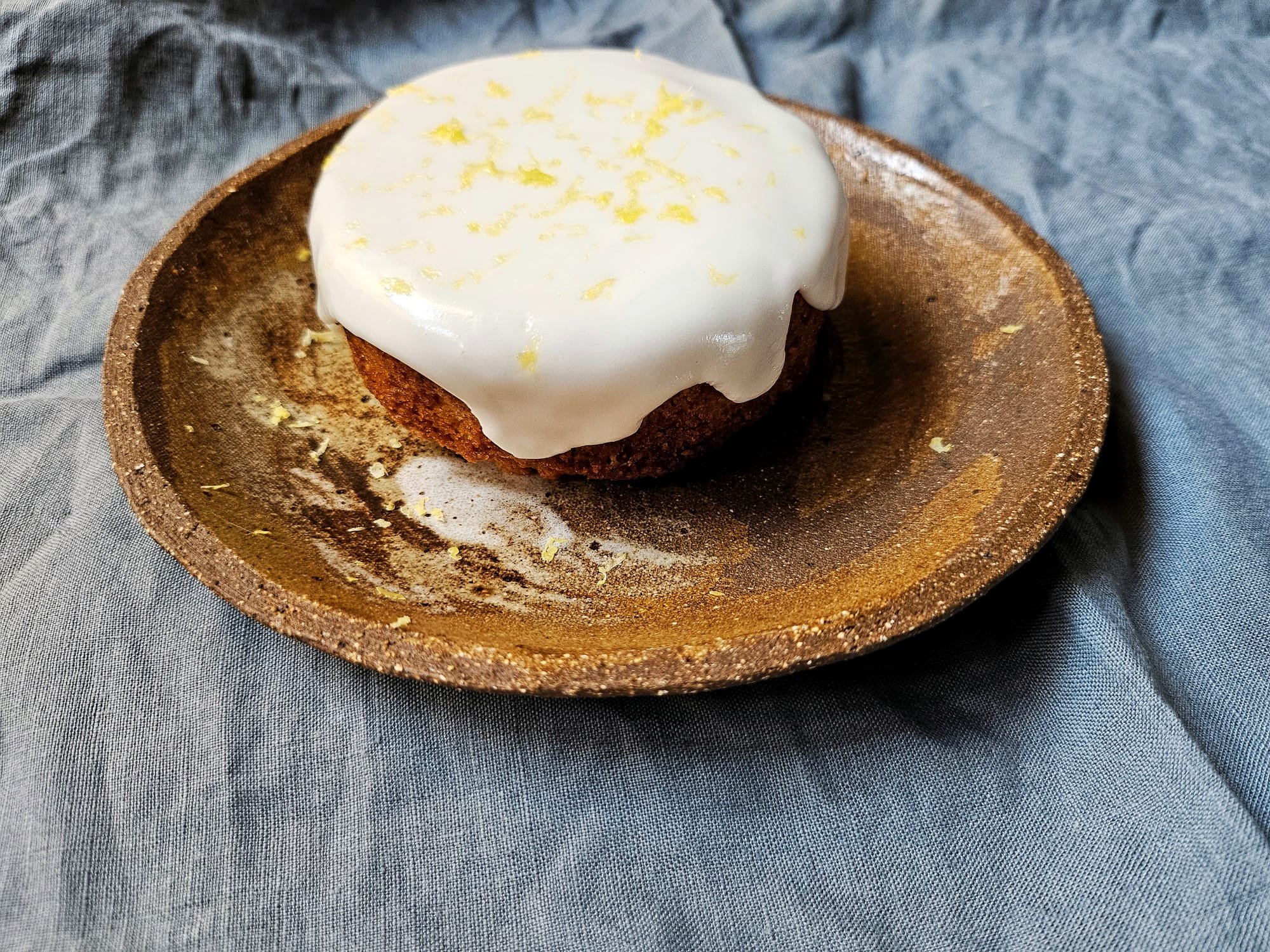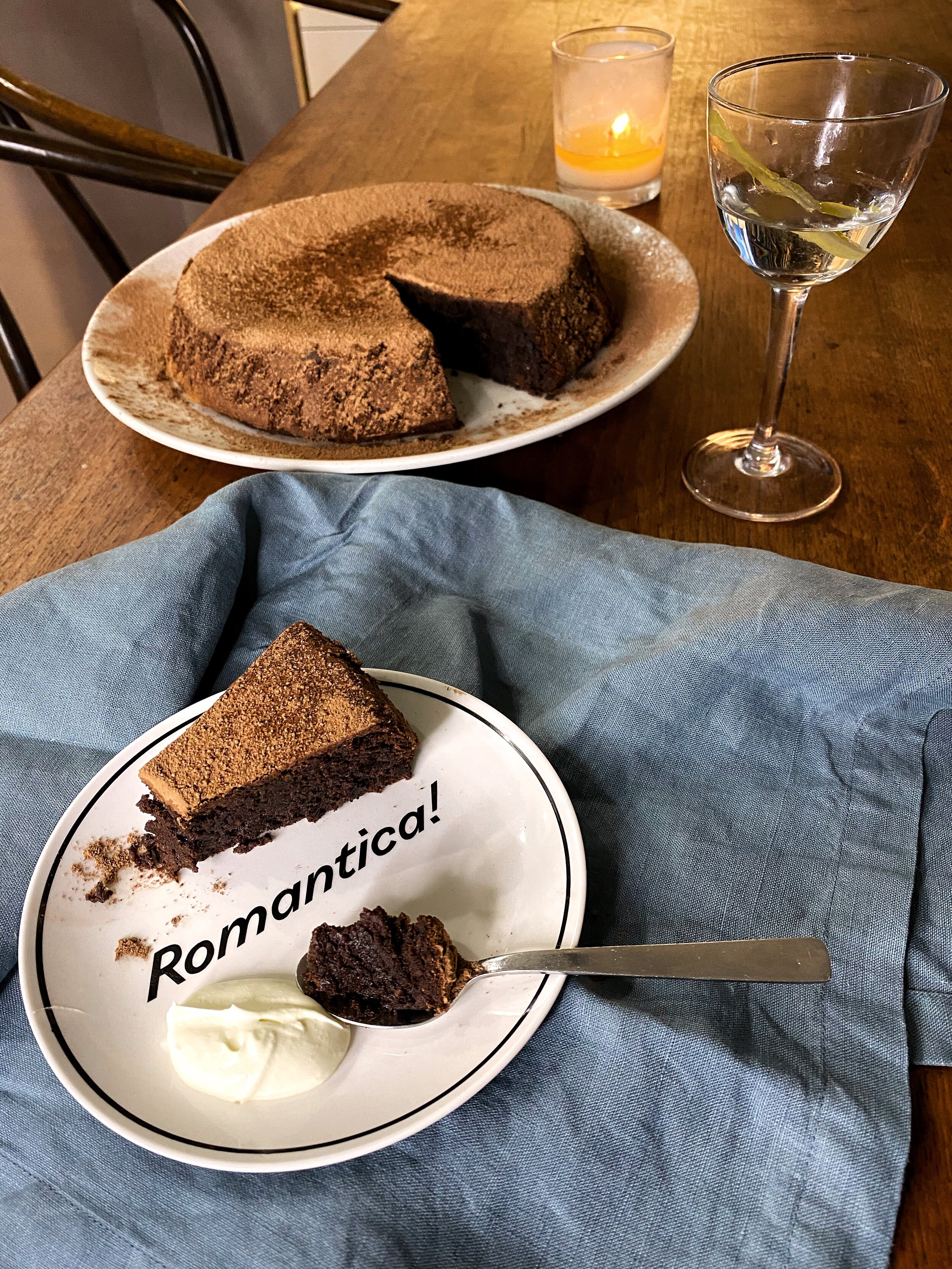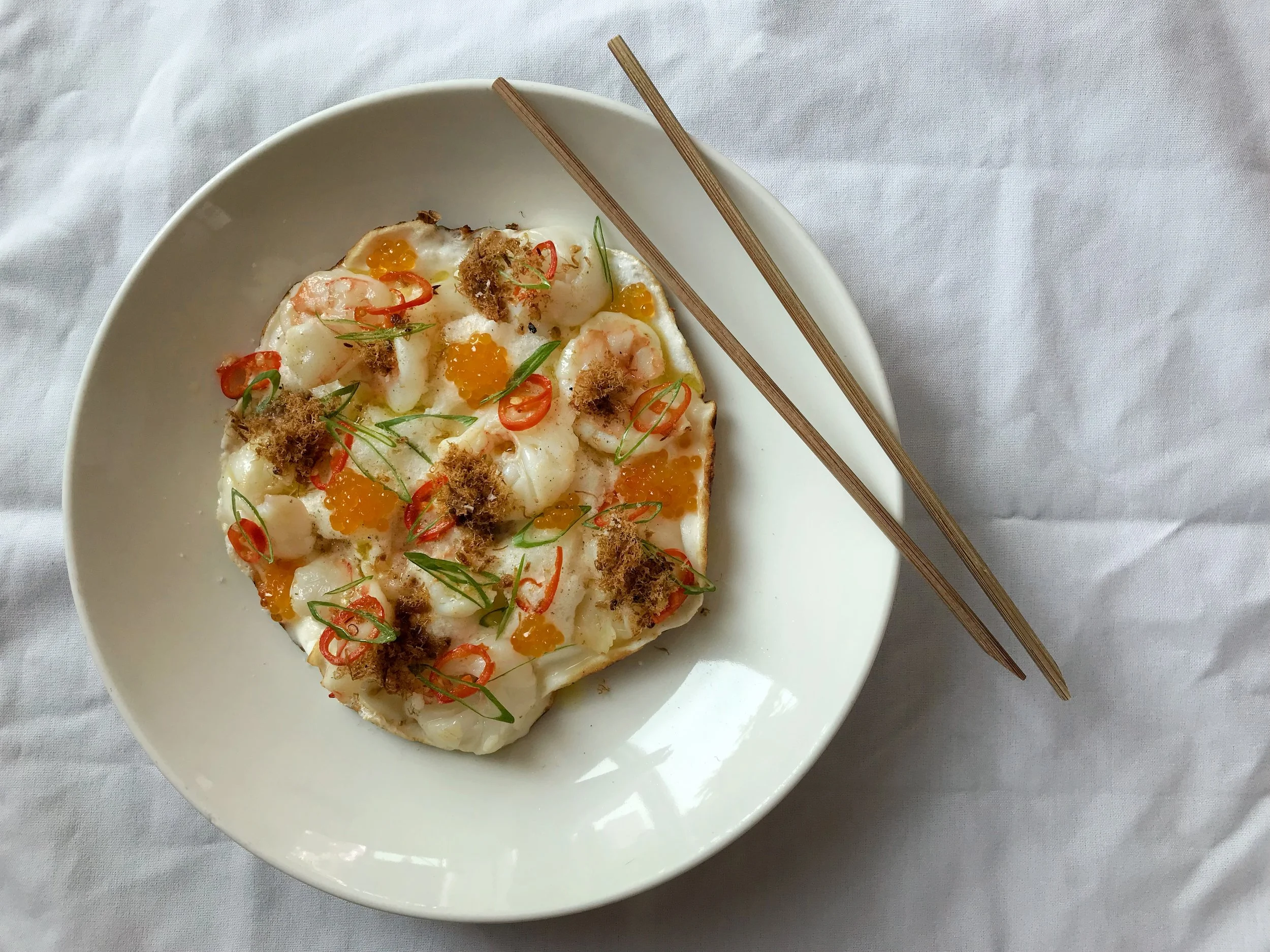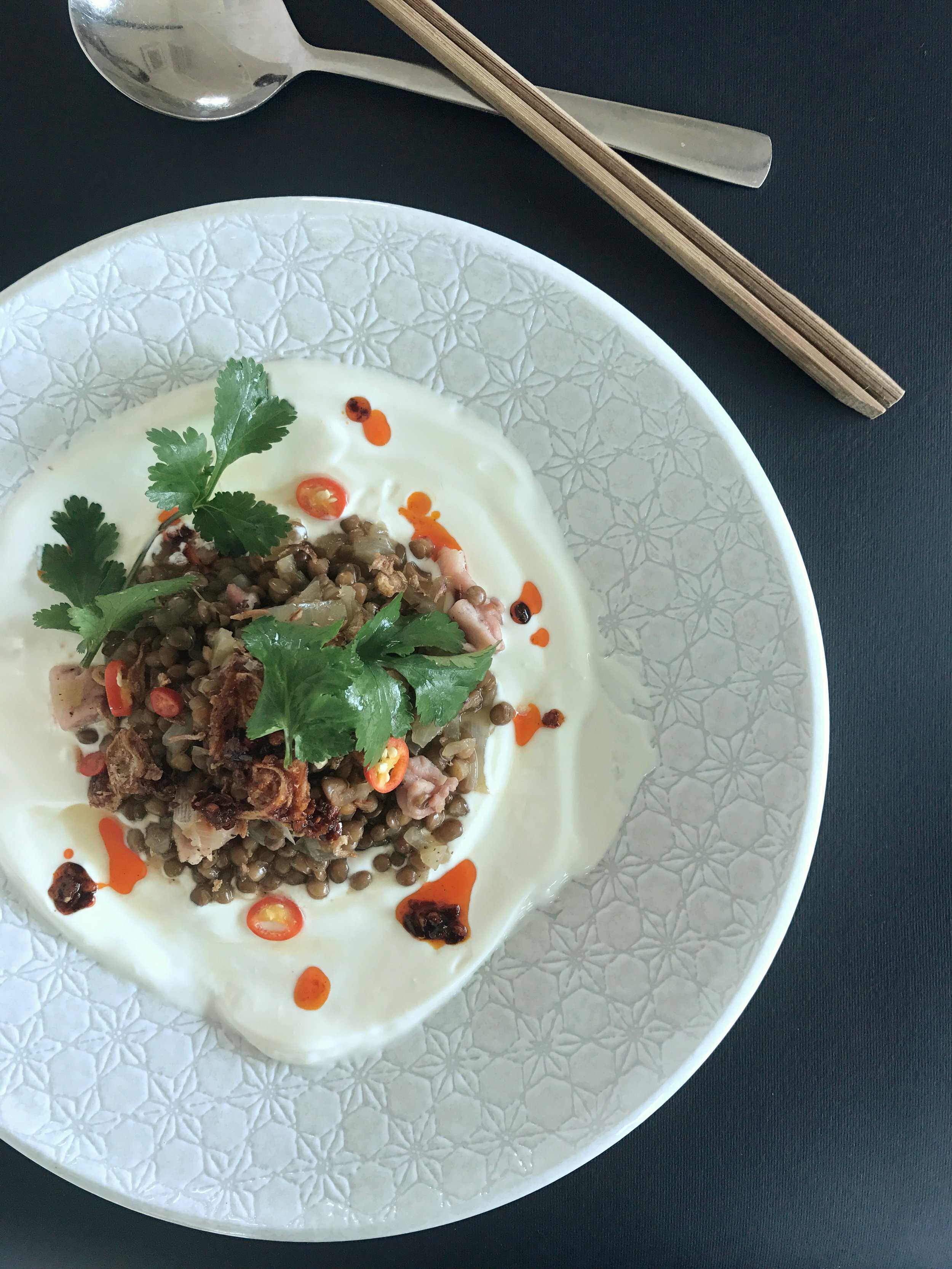If I had to choose a death row meal, this would, without a question, be it. The succulent chicken, richly aromatic rice and punchy ginger and scallion relish is all kinds of magic in one bite. I learned how to make this dish from my mother and it's not only time honoured in our family, but a love letter to our Singaporean heritage. Love it, as I do, served at room temperature with plenty of hot broth on the side, no matter what the weather.
Serves 4
Ingredients
1 whole free range chicken (the quality shows in a dish like this)
1 bunch shallots (scallions)
1/2 bunch coriander, thoroughly washed
A couple of knobs of ginger (it will be used in 3 parts of this recipe, so make sure there’s lots)
1 head garlic (make sure the cloves aren’t too small)
White pepper
Sesame oil
Chinese five spice powder
2 cups jasmine rice, rinsed thoroughly about 3 times to remove as much starch as possible.
Table salt
To serve
Kecap manis
Sambal olek
1 Lebanese cucmumber, sliced
2 vine ripened tomatoes, sliced
Method
In a colander, thoroughly scrub the chicken inside and out with a handful of salt (the secret to smooth Hainanese chicken skin is exfoliation!). Set the chicken aside to drain while you prepare the aromats.
Take a thumb sized knob of ginger, bash it lightly with the base of a knife handle, just to break it slightly. Do the same with 2-3 cloves garlic. Place the ginger and garlic inside the chicken cavity, along with 2 stalks of spring onion. Cut off and reserve a small piece of chicken skin from the neck to cook the rice with. Rub the outside of the chicken with a teaspoon of sesame oil and a good seasoning of salt and white pepper and place in a deep pot. Cover with water and bring to the boil with the lid off.
Boil for 30-40 minutes on a gentle, rolling boil and then turn the heat off, cover with a lid and allow the chicken to sit in the water for a further 30 minutes. Remove, the chicken (reserving the cooking liquid) and refresh in cold water. Set aside to cool to almost room temperature, then rub with a few more drops of sesame oil and a sprinkle of salt.
Bring the cooking water to the boil, add a generous amount of salt and reduce by one third - this consomme can be served with the dish, or cooled and used as an Chinese accented chicken stock for soups (stores well in the freezer).
Meanwhile, in a frypan on a medium-high heat, place the reserved piece of chicken skin and allow to render the fat out. Smash a thumb sized piece of ginger and 2 cloves of garlic, add the to the pan along with 1 shallot stalk. Stir fry for 1 minute or until aromatic and then add in the thoroughly rinsed rice. Stir fry the raw rice to coat it in the fat and the aromats. In a rice cooker, transfer the rice and aromats. Add enough water from the cooking chicken to reach the first knuckle of your finger, from the top of the rice. Place the lid on and set to cook.
Meanwhile, prepare the shallot and garlic relish/sauce. Peel and coarsely grate 2 thumb sized pieces of ginger, and finely chop about 3-4 cloves garlic. Reserve about 2-3 stalks of shallots, then top and tail the rest and then finely slice into rounds. Reserve a few coriander leaves for garnish, trim off the roots, then finely chop the coriander stalks and leaves.
In a saucepan on a low-medium heat, add 2-3 tablespoons grape seed (or any neutral oil like canola or sunflower) and about half a dozen drops of sesame oil. Add the ginger, garlic, chopped shallots and chopped coriander and stir regularly until the greens soften, but do not take on any colour. Season generously with salt, a good pinch of five spice powder and white pepper, to taste. Stores well in the fridge in a sterilised jar for up to a week and is great on sandwiches or stir fries.
Once the chicken has cooled, carefully chop it up, trying to keep the skin on each part as intact as possible (half the pleasure of this dish is the skin). Serve the chicken with the rice, shallot and ginger sauce, a drizzle of kecap manis and sambal olek on the side, as well as the cucumber and tomato slices.


